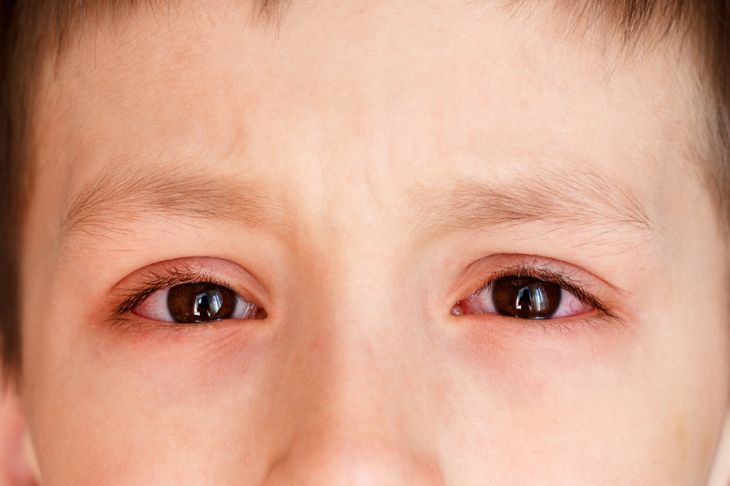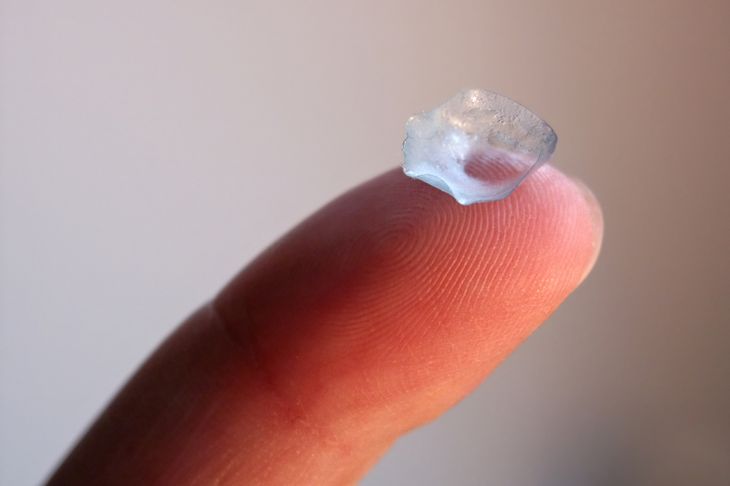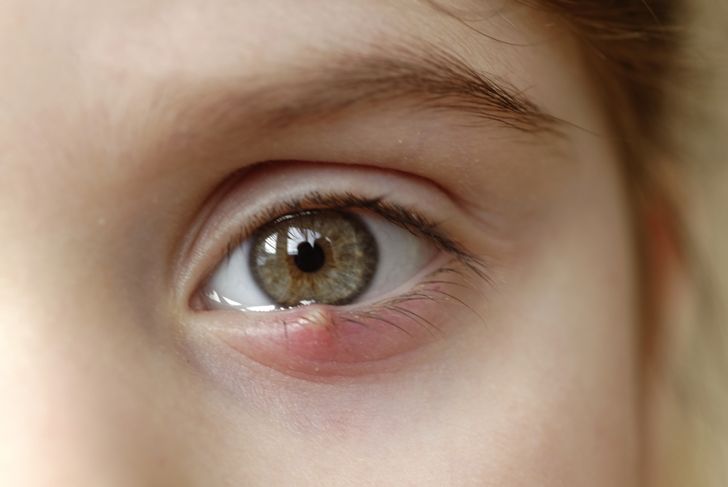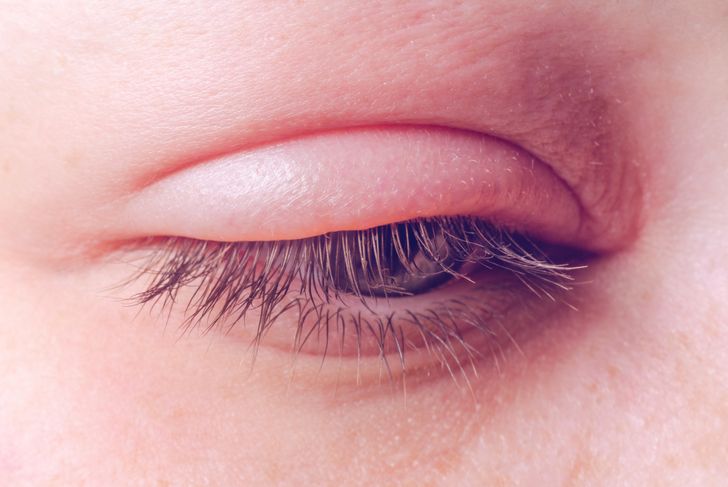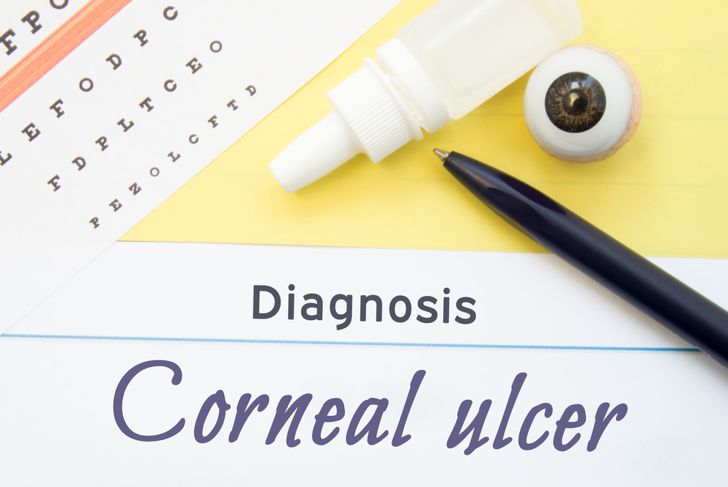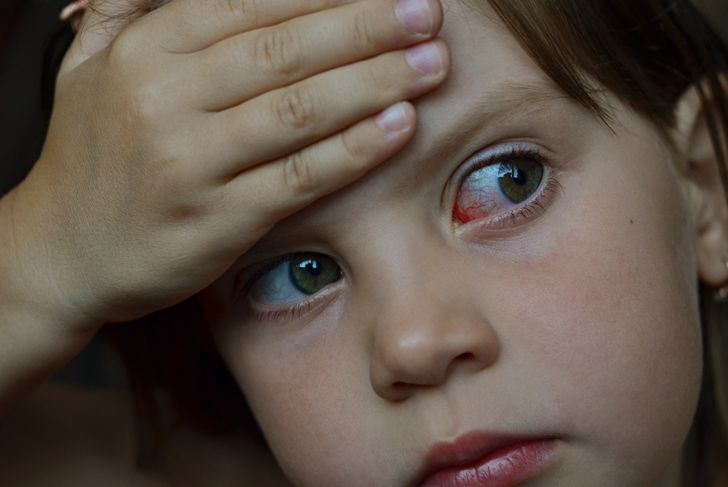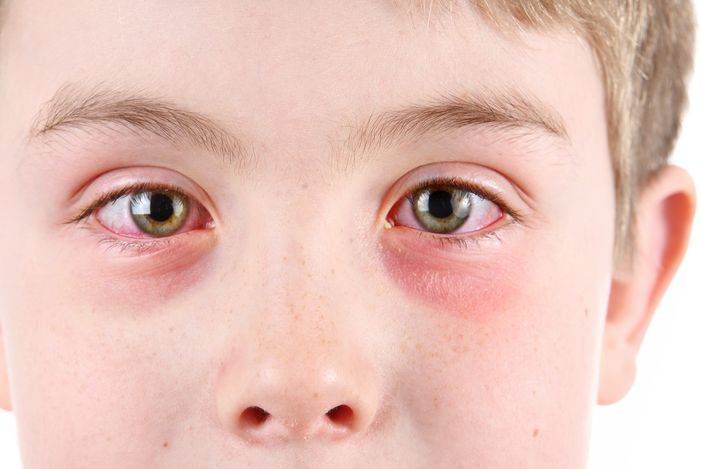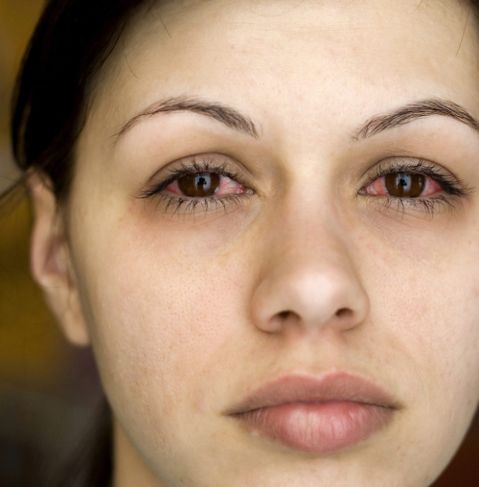Eye infections can be painful, unsightly, and if left untreated, dangerous. They are also easy to transmit from person to person. There are several most common eye infections, all with different causes, treatments, and prevention techniques. Although some may be easily treated at home, others may require special medical attention. If you notice redness, swelling, or blemishes around your eye, consult with your physician.
Conjunctivitis (Pink Eye)
Conjunctivitis is a bacterial infection of the eye, caused by fecal bacteria. Although pink eye is unpleasant and painful, it is not serious and is usually treated with over the counter medication. However, it is very contagious, so if you suspect you have it, avoid close contact with others. Pink eye is especially common in children because they are still fine-tuning their hygeine routine. Symptoms include redness in the white of the eye and watery discharge that can make your eyes stick together.
Corneal Bacterial Infections: Staph and Strep
The cornea of your eye is usually fairly resistant to damage and infection. Occasionally certain bacteria will manage to enter because it is torn or injured in some way. If you have scratched your cornea, you must be very careful to avoid touching your affected eye. If your eye comes into contact with a contaminated object—such as a dirty contact lens—then you run the risk of transferring said bacteria to your eye. Corneal infections, also known as keratitis, are quite painful. Symptoms include red eyes and blurry vision. Your ophthalmologist can correctly diagnose this and prescribe you antibiotic eye drops for treatment.
Styes
An infected eyelash hair follicle causes a stye. Bacteria may get in the eye or near it, entering the follicles along your eyelid. This process results in a small, hard, round bump that is red and painful. You will most likely notice tenderness and swelling in the area surrounding the bump as well. The most common cause of a stye is a staphylococcal infection. However, styes tend to heal on their own, with little outside treatment, especially after they burst. If this happens, make sure to wash the eye thoroughly with warm water. To reduce the pain and swelling, apply a cold or warm compress to your eye.
Blepharitis
Blepharitis is inflammation of the eyelids. Symptoms include burning, itching, swelling, and blurred vision. The symptoms present similarly to those of a stye, but you’ll notice the entire eyelid is swollen, versus radiating outward from one small bump. If you experience certain skin conditions or have problems with the oil glands along the eyelid, then you may be more susceptible to Blepharitis. Paying closer attention to your hygiene, especially around your eyes, can help reduce flare-ups. Severe cases, however, may require antibiotics or steroids to reduce the swelling.
Corneal Ulcer
People who wear contact lenses may be more susceptible to a Corneal Ulcer. Bacteria, viruses, or fungus can cause a small crater at the front part of the eye, usually resulting from an infection. Symptoms include redness, feeling as if there is something in the eye, sensitivity to light, and blurry vision. Corneal ulcers show symptoms similar to an infection of the cornea; in fact, untreated staph or strep infections of the cornea may lead to the small ulcers. Visit your ophthalmologist for antibiotics or steroids for treatment, and refrain from wearing contact lenses until after your infection fully heals.
Allergies and Hay Fever
Although allergic reactions and seasonal hay fever aren’t technically eye infections, the symptoms are similar. Sometimes those with allergies may not realize that they have an eye infection because of this. In addition, itching and rubbing your eyes when you have an allergic reaction can lead to scratches on the eyes surface. This, in turn, can increase the chances of a bacterial infection. If you can, avoid touching your eyes during an allergic reaction and take care to keep the area clean.
Eye Infections and Children
Children tend to contract pink eye much more frequently than adults. If you have small children, encourage them to use good bathroom hygiene, including thoroughly washing their hands with soap and water. If you have tweens and teens, discourage the sharing of eye makeup and makeup brushes. Encourage your children to refrain from touching their eyes, and make sure that toys, touchable surfaces, and doorknobs are frequently disinfected.
Preventing Eye Infections
Eye infections can be prevented by using good hygiene – wash your face thoroughly, and remove eye makeup before bed. Avoid touching your eyes when possible, and wash your hands if you have to. If you damage your eye, consult with your doctor for treatment early, to prevent spreading infection. Protect your eyes in windy and dusty environments and wear protective eye gear where necessary. Make sure that your contact lenses are clean, and stored correctly, to prevent contamination.
Treating Eye Infections
If you suspect you have an eye infection, consult with your doctor sooner rather than later, and avoid touching your affected eye. Touching and rubbing the infected area of the eyelid can cause a secondary infection because of the spread of bacteria. Your physician or ophthalmologist will examine your eye, including looking for signs of corneal damage. Many eye infections will be prescribed antibiotics – either in an eye drop or pill form. You’ll be told to avoid touching your eye and to keep it clean with warm water.
Complications from Eye Infections
If left untreated, eye infections can lead to temporary or permanent loss of vision. Certain diseases, such as herpes and hepatitis, cause similar symptoms to an eye infection, so it is best to confirm the diagnosis as soon as possible.

 Home
Home Health
Health Diet & Nutrition
Diet & Nutrition Living Well
Living Well More
More